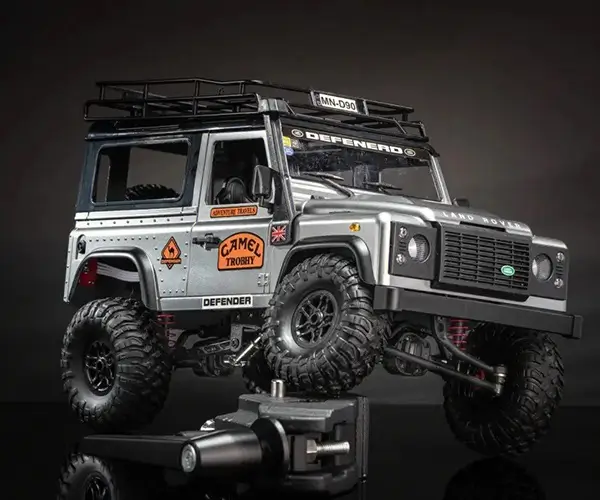Unleashing the Power of Arduino and Servo Motors: An Introduction
Imagine creating a robot arm that reaches out with precision, a remote-controlled vehicle with steered wheels, or an automated art installation with moving parts. Servo motors are at the heart of these innovations, transforming simple microcontrollers like Arduino into dynamic, life-like machines. But before these dreams become reality, you need to understand how to connect and harness the power of a servo motor effectively.

What are Servo Motors?
Servo motors are small, highly controllable rotary actuators. Unlike regular motors that rotate continuously in one direction, servo motors are designed to rotate to a specific position within a limited range (usually around 180 degrees). They contain built-in feedback mechanisms, allowing precise control over their movement and position.
Commonly used in robotics, RC vehicles, and automation, servo motors are favored for their accuracy, torque, and ease of control. They generally come with three wires: power (typically Red), ground (Black or Brown), and control signal (Yellow, White, or Orange).
Why Use a Servo Motor with Arduino?
The Arduino platform is renowned for its simplicity and flexibility, making it an ideal choice for hobbyists and professionals alike. Connecting a servo motor to Arduino opens doors to countless projects—robotic arms, cameras, animatronics, and more. Its ability to interpret PWM (Pulse Width Modulation) signals makes controlling servo position straightforward.
Gathering Your Materials
Before diving into the wiring and coding, gather the following:
Arduino Uno or compatible board Standard servo motor (such as SG90 or MG995) Jumper wires (male-to-male) Breadboard (optional, but helpful for organizing wires) External power supply (if your servo requires more current than Arduino alone can provide)
Understanding the Wiring
Connecting a servo motor to an Arduino isn't complicated, but neatness counts. Here's the basic rundown:
Power (VCC): Connect to the 5V pin on Arduino for most small servos. If you're using a high-torque or multiple servos, consider an external power supply to avoid overloading the Arduino. Ground (GND): Connect to Arduino GND. This common ground ensures consistent voltage reference. Control Signal: Connect to one of Arduino's digital PWM pins (for example, D9). This pin will send the control signals.
Important Note on Power
Small servos like SG90 often draw less than 500mA, which can be supplied directly from Arduino's 5V pin. However, larger servos or multiple servos may need dedicated power sources. Using an external power supply (like a 5V DC adapter) connected to the servo's power and ground pins is recommended to prevent resets or erratic behavior.
Step-by-Step Wiring Guide
Connect the servo's power wire (red) to the Arduino's 5V pin (or external power supply's positive terminal). Connect the servo's ground wire (black or brown) to Arduino GND (or external power supply's ground). Connect the signal wire (yellow or orange) to a digital PWM pin on Arduino, commonly D9.
Ensure all grounds are connected together to avoid signal noise and erratic movements.
Testing Your Setup
Once wired, it's time to test your setup. Power on your Arduino with the servo connected, and upload a simple sketch to make the servo sweep back and forth. This initial test confirms your wiring is correct and that your servo responds to Arduino commands.
Basic Arduino Code for Servo Control
Here's a quick example sketch:
#include Servo myServo; void setup() { myServo.attach(9); // Attach servo to pin 9 } void loop() { for (int pos = 0; pos <= 180; pos += 1) { // go from 0 to 180 degrees myServo.write(pos); delay(15); // waits 15ms for the servo to reach the position } for (int pos = 180; pos >= 0; pos -= 1) { // go from 180 to 0 degrees myServo.write(pos); delay(15); } }
This code makes the servo sweep smoothly between 0 and 180 degrees, demonstrating successful control.
Leveraging innovations in modular drive technology, Kpower integrates high-performance motors, precision reducers, and multi-protocol control systems to provide efficient and customized smart drive system solutions.




































